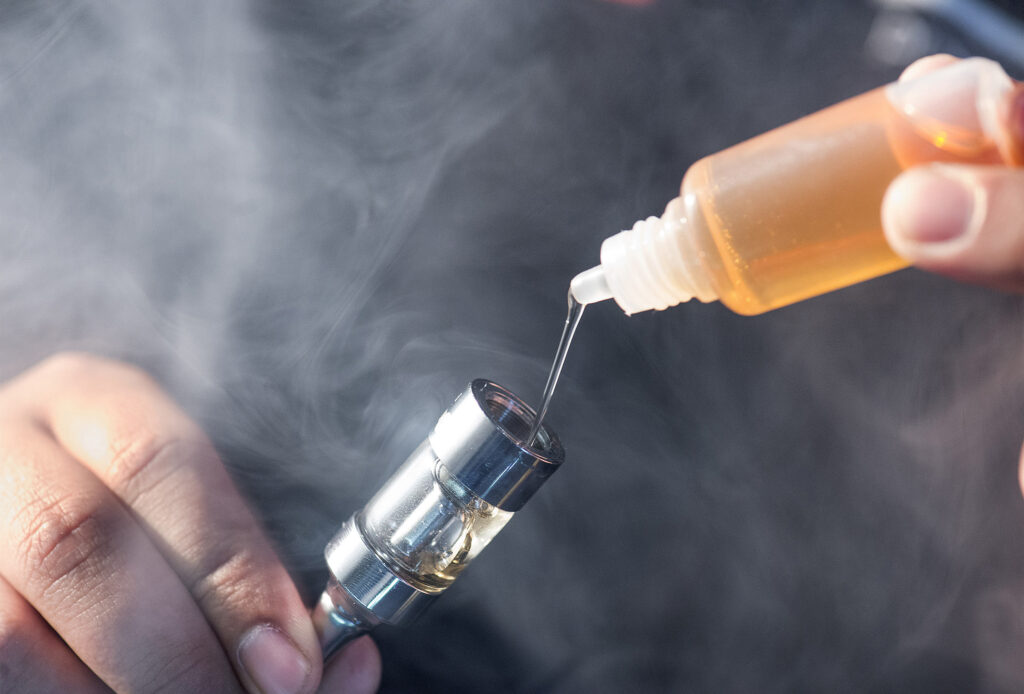
In 2003 Hon Lik, a pharmacist, inventor and smoker, invented the first electronic cigarette that was commercially successful. Since its inception, the e-cigarette has grown in popularity.
A team of researchers, led by Mahmoud Rouabhia, from Université Laval in Quebec, found that cells taken from the mouth died within a few days when exposed to e-cigarette vapor in the laboratory setting.
Their research was published in the last issue of the Journal of Cellular Physiology.
In order to recreate the environment that cells are exposed to while someone vapes, the researchers took epithelial cells from the mouth and placed them inside a space that contained liquid that mimicked saliva.
“Mouth epithelium is the body’s first line of defense against microbial infection,” Rouabhia said. “This epithelium protects us against several microorganisms living in our mouths.”
The researchers then poured e-cigarette vapor into the space. They did this for 15 minutes each day. Instead of a straight stream of vapor, the researchers tried to mimic inhalation by doing two pumps of vapor for five-seconds with pauses in-between.
The normal amount of dead cells in an unexposed culture was about two percent. However in the culture exposed to the vapor, the percent of dead cells was 18 on the first day, 40 on the second and 53 on the third.
“Contrary to what one might think, e-cigarette vapor isn’t just water,” Rouabhia said. “Although it doesn’t contain tar compounds like regular cigarette smoke, it exposes mouth tissues and the respiratory tract to compounds produced by heating the vegetable glycerin, propylene glycol and nicotine aromas in e-cigarette liquid.”
While there are no studies done yet on the cumulative effect that vapors have on the cells of the mouth, Rouabhia said that the results of this study still worry him.
Rouabhia said that damage to this layer of cells can increase risk of infection, inflammation and gum disease since these cells are the first line of defense.
“Over the longer term, it may also increase the risk of cancer. This is what we will be investigating in the future,” Rouabhia said.
Information compiled from ScienceDaily




